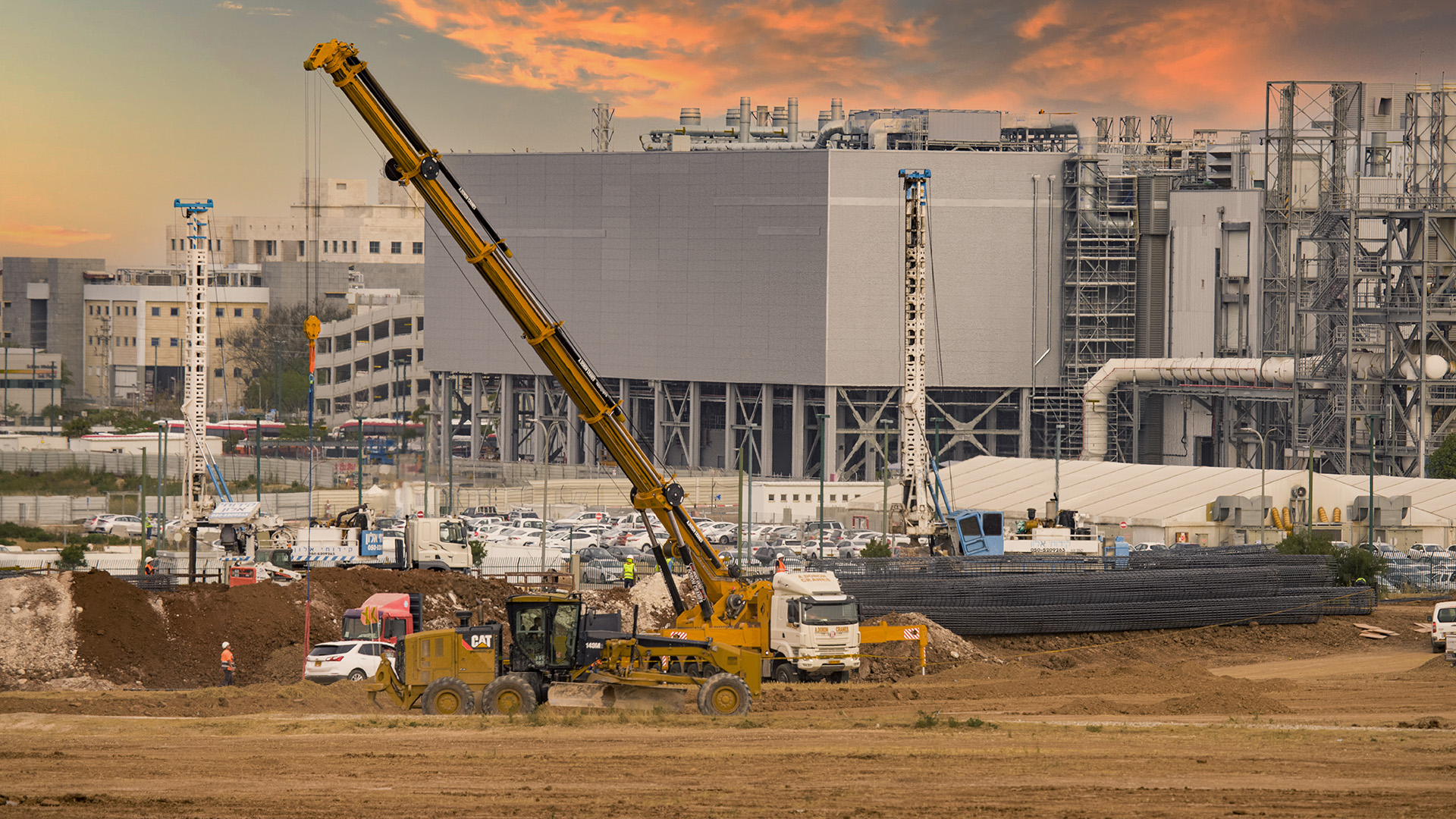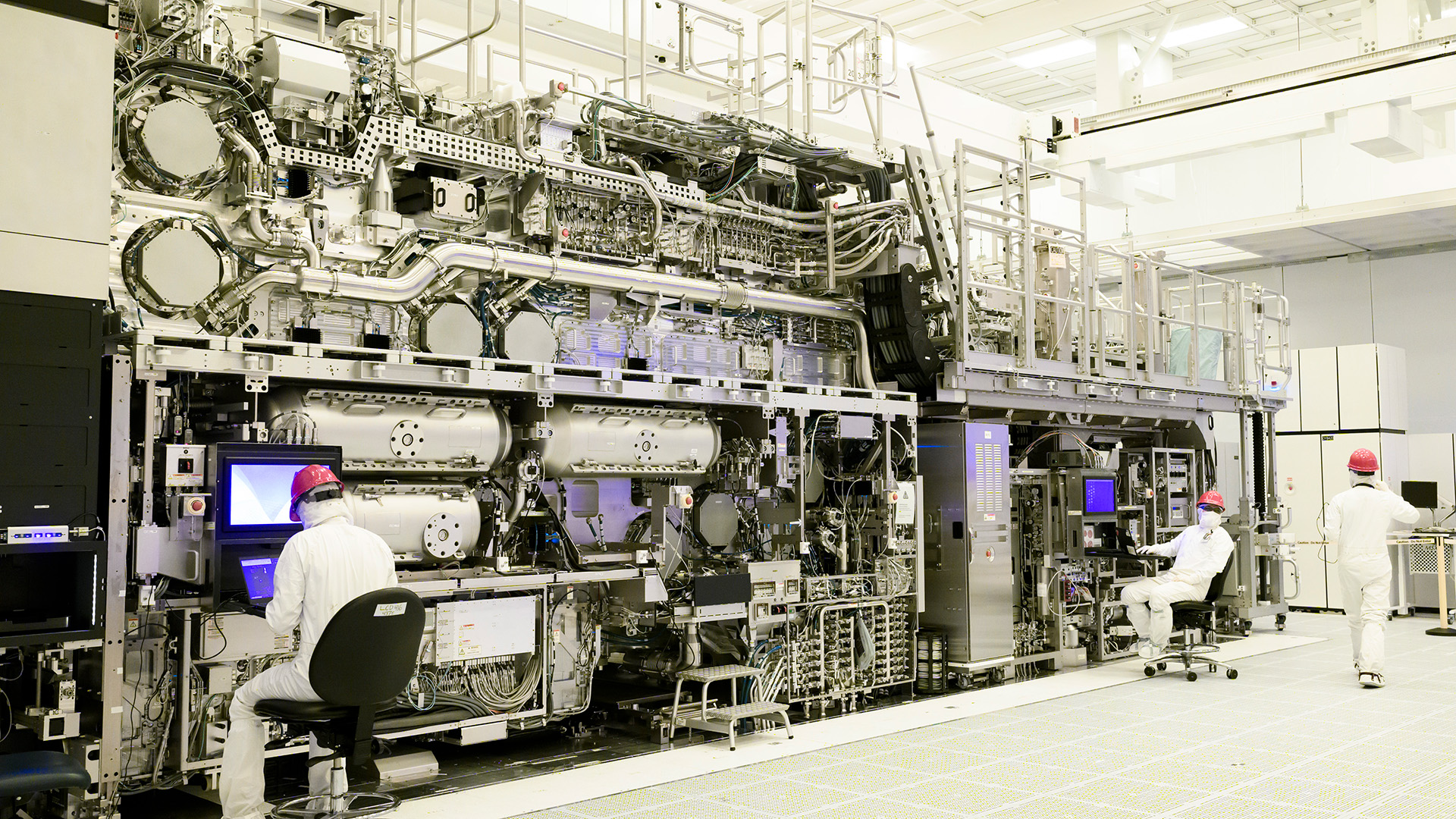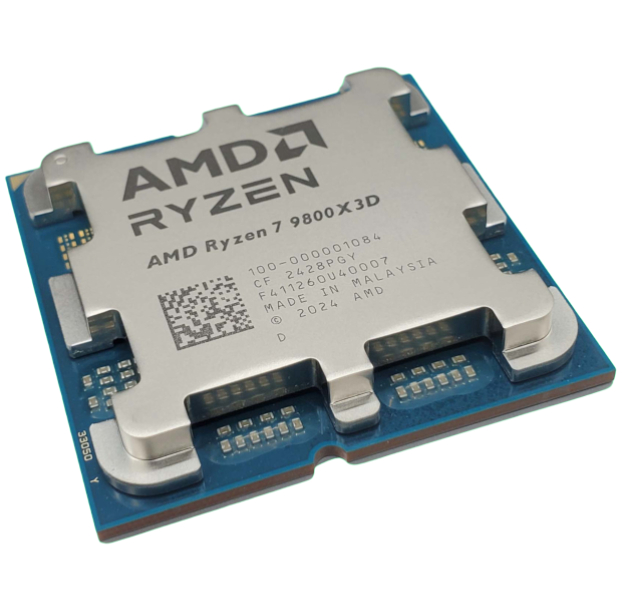Intel's German megafab dream is over: CEO Lip-Bu Tan kills the project, beset with setbacks from EU funding to ancient neolithic remains, to save cash
The ambitious project was a win for Europe. Now it's resigned to wishful thinking.

Intel has cancelled plans for a so-called megafab in Germany and a packaging plant in Poland. It also plans to shift assembly and test facilities in Costa Rica to its larger Malaysian and Vietnamese sites. The news comes from a letter to employees written by CEO Lip-Bu Tan, who says the move will help Intel in its goal of becoming a "more financially disciplined company" as it looks to cut costs company-wide.
"Going forward, we will follow a systematic approach to growing our factory footprint that’s fully aligned with the needs of our customers. We will be judicious and disciplined as we allocate capital – because that’s what great foundries do," says CEO Lip-Bu Tan.
"With that in mind, we have decided not to move forward with previously planned projects in Germany and Poland. We also plan to consolidate our assembly and test operations in Costa Rica to our larger sites in Vietnam and Malaysia. Costa Rica remains a large and important Intel site that’s home to key engineering teams and corporate functions."
The cancellation of Intel's megafab in Magdeburg, Germany will be a big loss for not just the local area, which was set to see tens of billions of euros invested into the area to build the advanced manufacturing facilities, known as fabs, but also the EU. Announced in 2022, the Magdeburg site was planned with hopes of becoming a world-leader in semiconductor manufacturing, delivering chips on process nodes in the 'Angstrom era', and aiding the EU in doubling its semiconductor market share by 2030.
The European Commission and local governments were set to invest billions of euros in the facility, though even one year later, Intel deemed the money not enough and asked for more. To which the German government said no.
That's not the last of Intel's issues, either. The fab was beset with issues due to the very ground it was planned to be built on. Archaeologists from the State Office for Heritage Management and Archaeology Saxony-Anhalt found multiple burial mounds beneath the soil, which dated back to the neolithic period, making them around 6,000 years old. Then, Intel found out that the soil on the site was richer in organic matter than expected, which is too soft for big buildings to sit atop of without a deeper solution.

This is a big problem for big fabs, which are made using tremendously large and heavy metal shells, as they cannot have traditional supports throughout the building due to the use of large lithographic systems. EUV systems, which would need to be used to produce chips in the Angstrom era, are extremely large, and the High NA EUV machines that Intel is hoping will be the key to future process nodes are absolutely ginormous.
Keep up to date with the most important stories and the best deals, as picked by the PC Gamer team.
This all led to the postponement of its German megafab plans in September 2024 by then-CEO Pat Gelsinger, who had previously championed the cause of in-house manufacturing and foundry services at Intel.
The company's new CEO, Lip-Bu Tan, appears less enthusiastic about Intel's manufacturing arm altogether, admitting the company may stop producing new cutting-edge process nodes without securing a large customer for its foundry services, which means producing chips for another company. Currently, Intel doesn't have one of those, and even produces many of the tiles used in its own chips in rival foundry TSMC's fabs.

With the loss of the German megafab and packaging plant in Poland, Intel's manufacturing footprint in Europe is focused largely on locations in Ireland alone. It also plans to shake up its global footprint, moving assembly and test facilities in Costa Rica to its larger facilities in Asia, like the one we've visited in Malaysia.
It's a little outdated now, but for a rough idea of the spread of fab facilities globally, check out this map we've put together below.
Even in the US, where there's a push for more domestic manufacturing, especially in semiconductors, by consecutive governments, Intel is ramping down construction. Lip-Bu Tan has said it is slowing construction on fabs in Ohio, which had already seen a delay to 2030 or beyond.
Intel is clearly struggling to justify its enormous spending at this moment in time. The company is also in the process of cutting staff to around 75,000 employees by the year's end, which seems like a lot, but is a 15% reduction in staff. The company had already cut staff over preceding years, however. It had around 125,300 employees in June, 2024, which decreased to 102,600 by March 2025. That puts the cuts to 75,000 into perspective a little.
It's an apples-to-oranges comparison but Nvidia has somewhere around 36,000 employees as of 2025. Intel has manufacturing facilities, which Nvidia does not, but some will be wondering why Nvidia is one of the richest companies on the planet while working with less resources, while Intel is struggling to make more money than it spends with more. Intel's operating income was a loss of $3.1 billion in Q2, 2025, an increase from this same time last year.
All of which does not paint a happy picture for Intel. The company's new CEO is determined to cut costs and turn its fortunes around, but whether it looks the same as the company we've come to know over the past few decades in the process, only time will tell.

1. Best overall:
AMD Ryzen 7 9800X3D
2. Best budget:
Intel Core i5 13400F
3. Best mid-range:
AMD Ryzen 7 9700X
4. Best high-end:
AMD Ryzen 9 9950X3D
5. Best AM4 upgrade:
AMD Ryzen 7 5700X3D
6. Best CPU graphics:
AMD Ryzen 7 8700G

Jacob earned his first byline writing for his own tech blog, before graduating into breaking things professionally at PCGamesN. Now he's managing editor of the hardware team at PC Gamer, and you'll usually find him testing the latest components or building a gaming PC.
You must confirm your public display name before commenting
Please logout and then login again, you will then be prompted to enter your display name.

